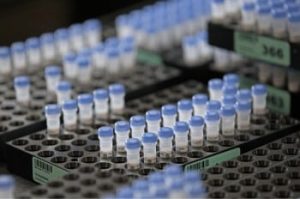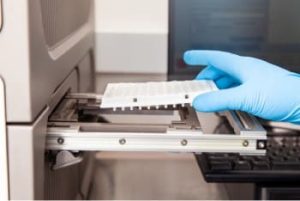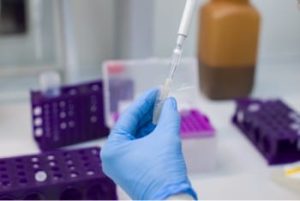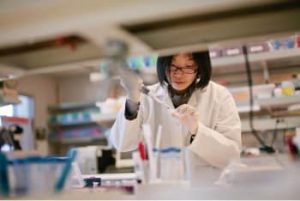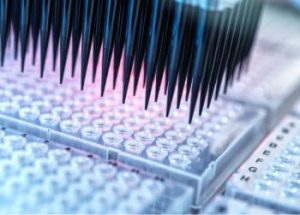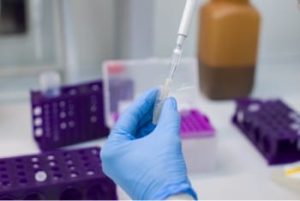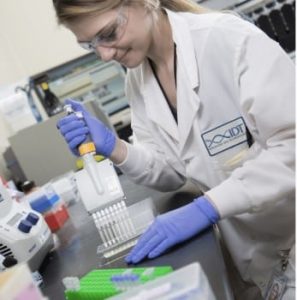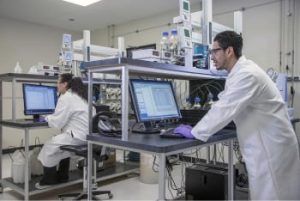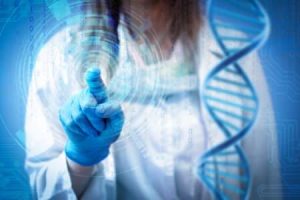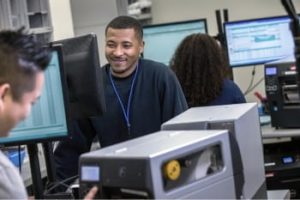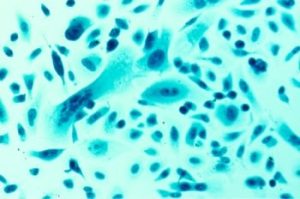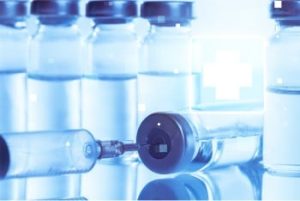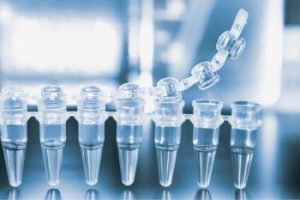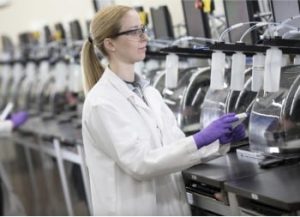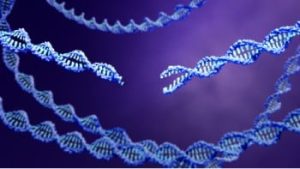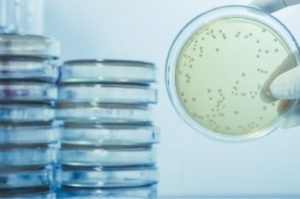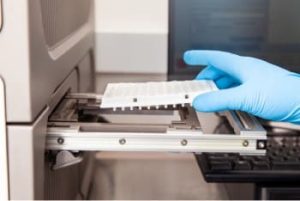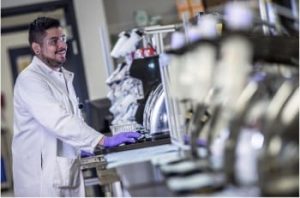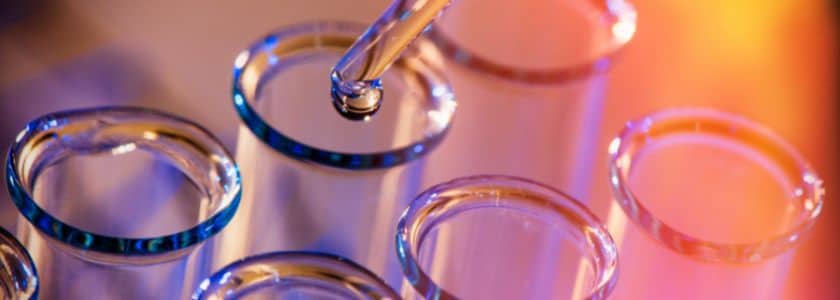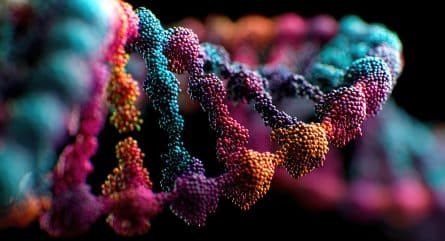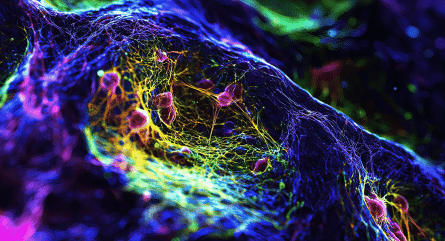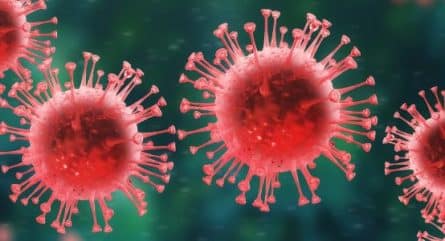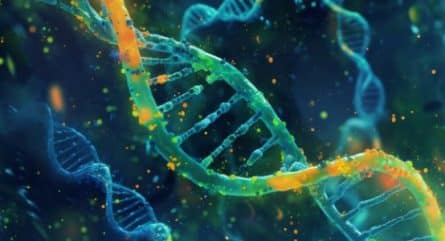The takeaway: What is an oligonucleotide? Oligos, short for oligonucleotide, are short synthetic strands of DNA or RNA. Let’s look in greater detail at what they are, how they are used, and why they are important for genetic research.
You and I and every other living thing are made of DNA or RNA. Those DNA molecules spell out how we are made and what we do, and they serve as the primary lesson book for what our ancestors and their ancestors will looked like and did, too.
We have learned much about those roles not just from the study of DNA, but from the creation of synthetic DNA and RNA through what are called oligonucleotides. Oligonucleotides, or oligos for short, are among the most important tools used in modern molecular biology, and they help fuel today’s biotechnology, pharmaceutical, medical research, and industries. But simply saying oligos are synthetic DNA or RNA oversimplifies just what they do and why they are important.
What are oligos?
Oligos are short single-stranded or double-stranded fragments of DNA or RNA. The word oligonucleotide is derived from the Greek word “oligo,” which means “few” or “small.”
How are oligos made?
Oligos are made through a process called synthesis. In synthesis, the four nucleic acids—A, T, C, and G—are added in a specified sequence to form a chain of nucleotides. Using phosphoramidite chemistry, strings using those four nucleic acids can be created in any desired order.
When were oligos first made?
A method of oligo synthesis was first introduced in the late 1950s by Dr. Har Gobind Khorana and colleagues. Solid-phase synthesis was described in 1965, with additional efforts to unveil longer DNA and RNA oligo strands being introduced in the 1970s and 1980s.
How are oligos used?
Oligos are used in a wide variety of ways. For example:
- Oligos are used in PCR, or polymerase chain reaction, a technique for making large numbers of copies of a fragment or strand of DNA—and then up to millions of more copies in subsequent uses like sequencing or cloning.
- In next generation sequencing, oligos may be used to generate amplicon libraries, in target enrichment using capture probes as blocks to prevent barcode participation in hybridization experiments, and as ligating barcoded adapters for multiplexing.
- Oligos may also be used in probes, hybridization procedures, antisense analyses, microarrays, and in drug research.
- Oligos may even be used to store data! Research is currently underway to archive digital data on DNA—while currently cost prohibitive, DNA data storage will take up very little space and is stable for potentially hundreds and even thousands of years, making it a far safer way to store data for long-term, infrequently accessed use.
- Perhaps more exciting is the use of oligos in CRISPR-based high-throughput genome editing. Using oligos, researchers can cut out any part of a cell’s genome, which could lead to cures for perplexing genetic diseases such as sickle cell anemia.
What are oligo drugs?
Oligo drugs, or oligonucleotide therapeutics, can be used to inhibit gene expression or slow protein function by binding to a particular gene or protein. This can be used to create innovative drugs that fight cancers and genetic diseases. Oligo therapeutics can include antisense oligos, small interfering RNA, microRNA, aptamers, and others.
What is an oligo DNA template?
A DNA template is an original sample of DNA.
How are oligos shipped to customers?
Oligos are often shipped to customers in a tube inside an envelope. Most are delivered dried and will appear as white flakes or strands in the bottom of a tube. When ready to use, researchers should centrifuge the tubes and resuspend the DNA in TE buffer or nuclease-free water.
Why are IDT oligos so good?
IDT uses proprietary manufacturing processes with strict quality controls in the manufacture of its oligos. This has helped IDT become one of the largest suppliers of custom nucleic acids in the world and provided the company with the ability to serve researchers in the academic research, biotech, and pharmaceutical development fields. IDT oligos are used in applications such as next generation sequencing, DNA amplification, genotyping, SNP detection, CRISPR genome editing, expression profiling, gene quantification, synthetic biology, and functional genomics.
Ready to order IDT’s oligos? You can get started here.
*RUO—For research use only. Not for use in diagnostic procedures. Unless otherwise agreed to in writing, IDT does not intend for these products to be used in clinical applications and does not warrant their fitness or suitability for any clinical diagnostic use. Purchaser is solely responsible for all decisions regarding the use of these products and any associated regulatory or legal obligations.
References

